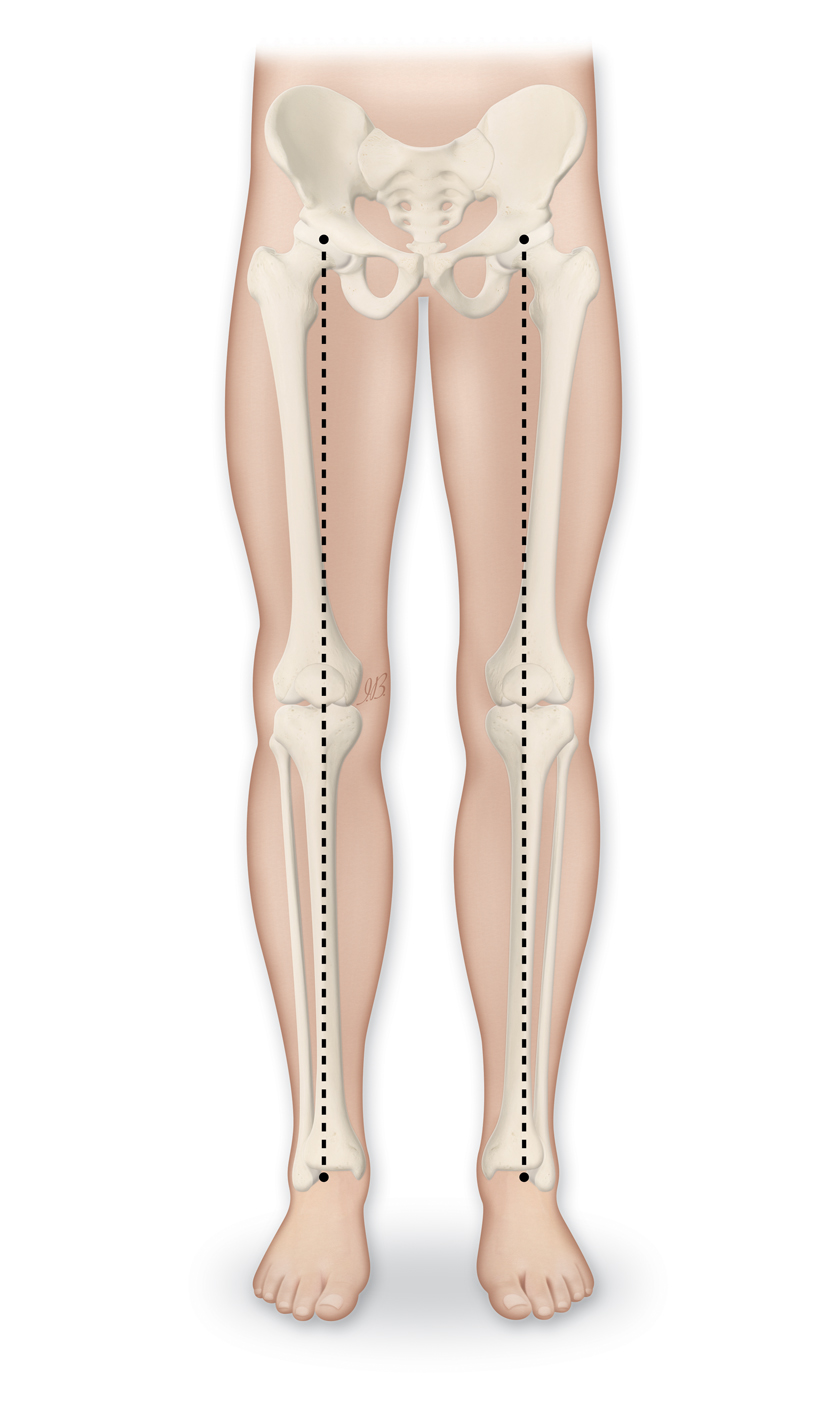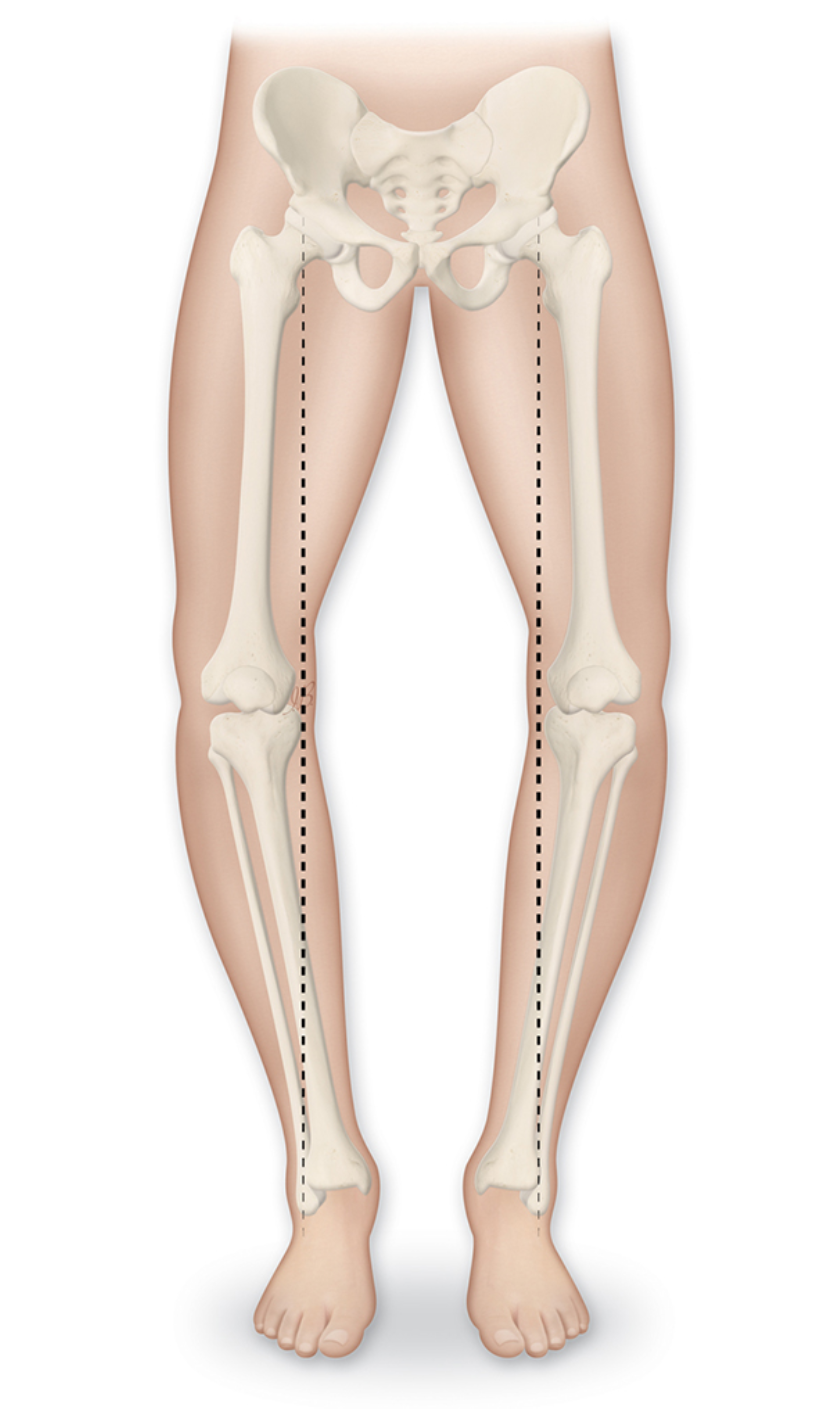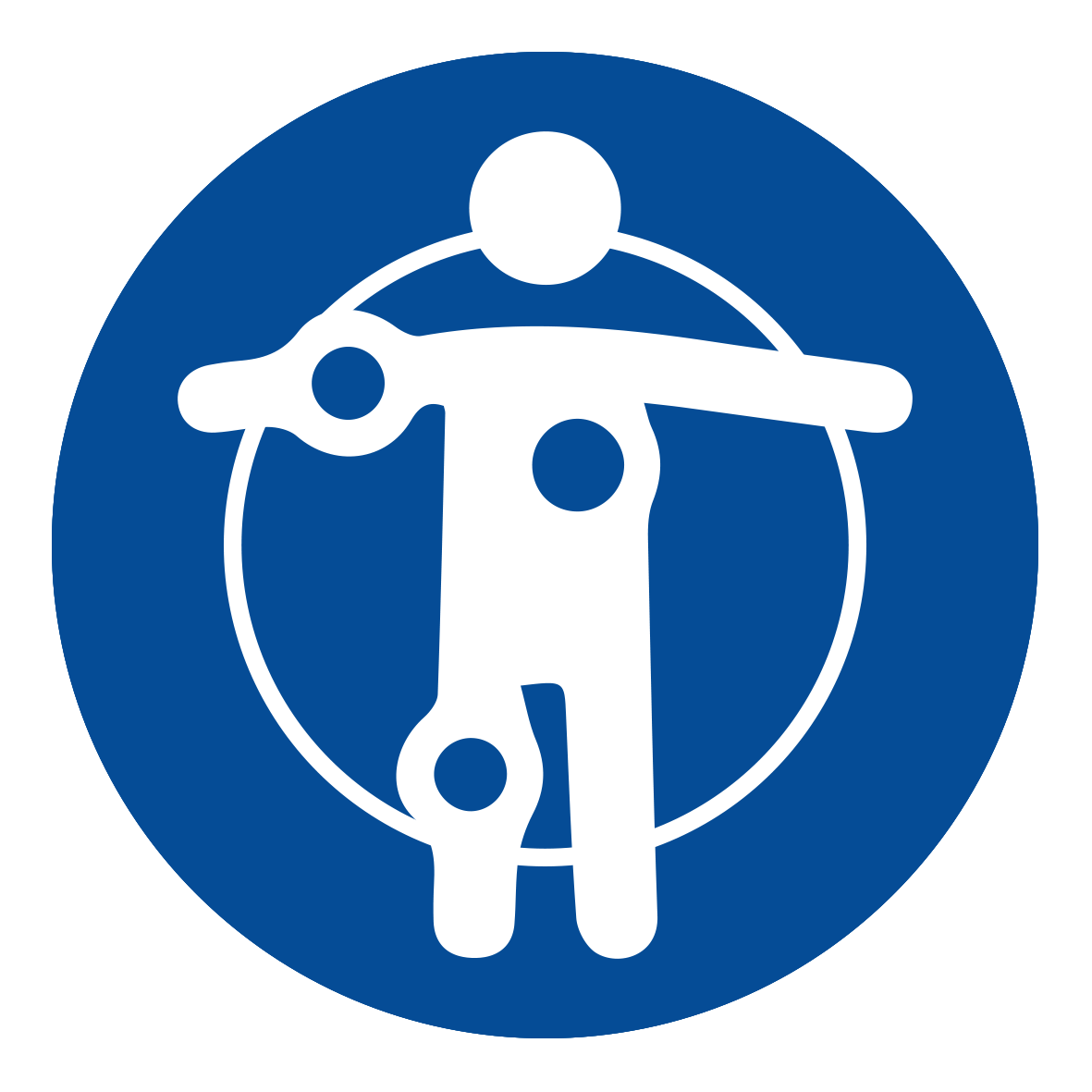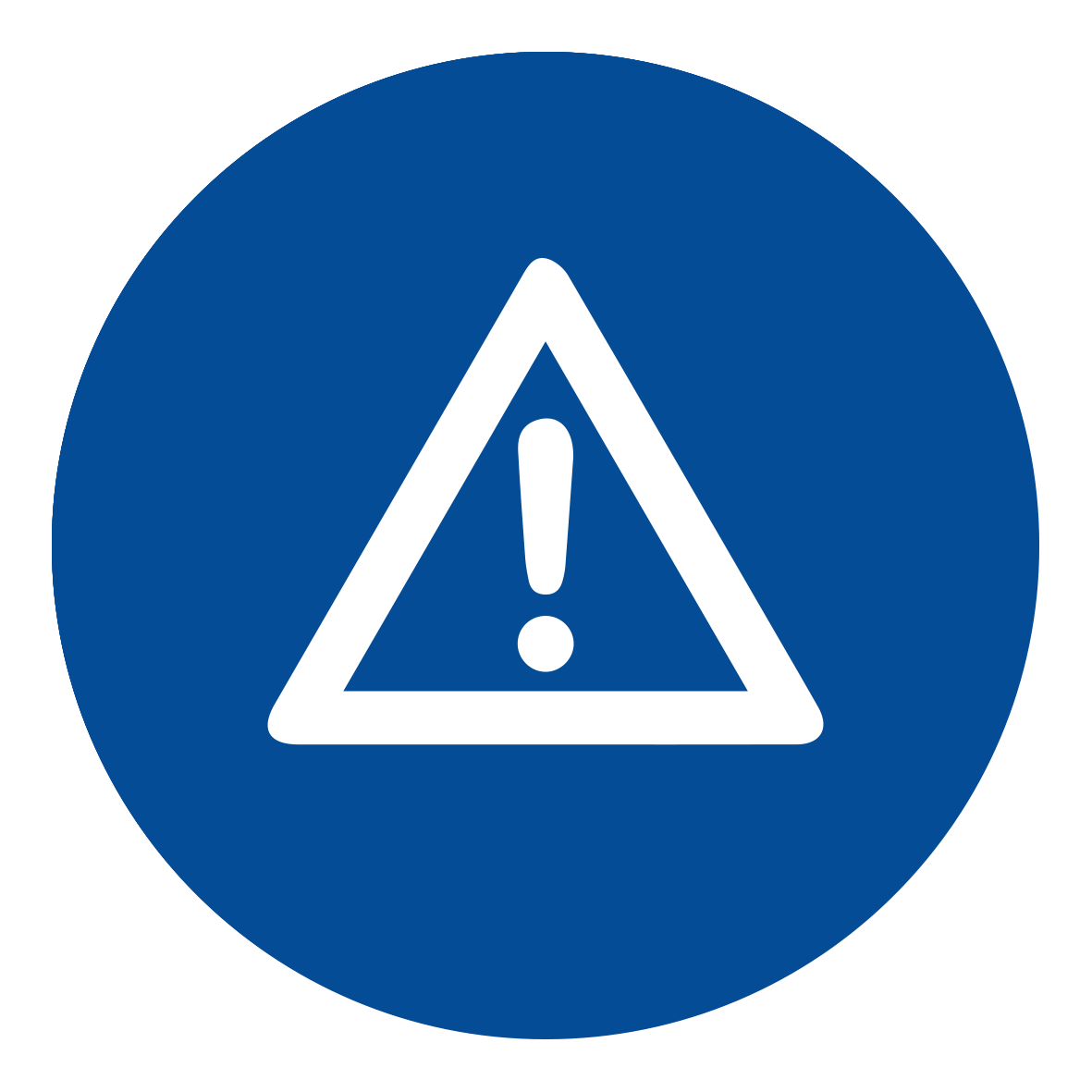Home / Limb Deformities / Genu Varum
Genu varum, or bow leggedness, may present at any time from infancy through adulthood. It can affect one or both legs, and medical and genetic history may help doctors understand how the condition will progress, and for how long. As genu varum becomes more severe, the patient may start to waddle and have discomfort while walking. In children up to 2 years old, painless bowing on both sides may occur and often fixes itself over time.


Important safety information: Download the Product Instructions For Use.
The Guided Growth System eight-Plate and quad-Plate is an implant system designed to correct pediatric deformities (congenital or acquired) in lower limb, like genu valgum and varum, and limb length discrepancies. The plates are attached to the external surface of the bone over the growth plate by two or four screws depending on the plate selected by the surgeon. The implant acts like a flexible hinge, permitting growth at the growth plate to gradually straighten the limb when the physis (growth plates) are not fused. The screws are not locked to the plate but rather are allowed to swivel and diverge in their positions as the bone grows. Immediately after implantation, the patient is allowed mobility and weight bearing.
Important safety information: Download the Product Instructions For Use.
The eight-Plate Guided Growth System+™ is an implant system designed to correct pediatric deformities (congenital or acquired) in lower limb, like genu valgum and varum, and limb length discrepancies. The plates are attached to the external surface of the bone over the growth plate by two or four screws depending on the plate selected by the surgeon. The implant acts like a flexible hinge, permitting growth at the growth plate to gradually straighten the limb when the physis (growth plates) are not fused. The screws are not locked to the plate but rather are allowed to swivel and diverge in their positions as the bone grows. Immediately after implantation, the patient is allowed mobility and weight bearing. The eight-Plate Guided Growth System+ offers more sizes and different screw types compared to the standard eight-Plate Guided Growth System, as well as an increased screw angle to treat very difficult cases.
Important safety information: Download the Product Instructions For Use.
The FitboneTM Intramedullary Limb-Lengthening System was developed in partnership with Professor Baumgart. The product was launched in 1997. Since then, this innovative treatment concept has grown into a global success story. The Fitbone TAA Intramedullary Lengthening system is intended for limb lengthening of the femur and tibia. With appropriate pre-operative planning, it is possible to ensure good limb alignment so that the limb is correct at the end of lengthening.
Important safety information: Download the Product Instructions For Use.
TL-HEX is a dynamic, 3D external fixation system that combines hardware and software to correct bone deformities. This hexapod-based system functions as a 3D bone segment-repositioning module. In essence, the system consists of circular and semi-circular external supports secured to the bones by wires and half-pins, interconnected by six struts.
Important safety information: Download the Product Instructions For Use.
The Ilizarov System has experienced many modifications over the last fifty years. The TrueLok™ Ring Fixation System, developed at Texas Scottish Rite Hospital for Children (TSRHC) in Dallas, Texas, is one of the modern variants of the original fixator, but preserves many of the original principles of Professor Ilizarov. It consists of aluminum rings available in different sizes, connected to the bone through metal wires or/and bone screws. The relative movements of the rings allow the correction of almost all the bone deformities in upper and lower limbs and in the foot.

Genu varum is normal in the very young and may happen in older children due to rickets and Blount’s disease, as already discussed, or because of bone problems, infection or tumors.

Genu varum is normal in the very young and may happen in older children due to rickets and Blount’s disease, as already discussed, or because of bone problems, infection or tumors.

An orthopedic specialist will look at the legs to determine how far they bend inward and will confirm the diagnosis with an X-ray of the knee.

Bowing that causes problems and does not fix itself will be seen in X-rays and may need treatments including surgery. Physical therapy exercises, special shoes and limits on standing and activity may be needed before or after surgery. Guided growth may be the best treatment to help straighten the limb.1 In certain cases, treatment with osteotomy (the surgical cutting of a bone or removal of a piece of bone) and external fixation is necessary.

If severe bow-leggedness is not treated, the symptoms can worsen, causing different leg lengths, pain and difficulties with mobility.
The condition can come back after surgery, especially in younger children who are still growing. A specialist can help you determine the right time to perform surgery.